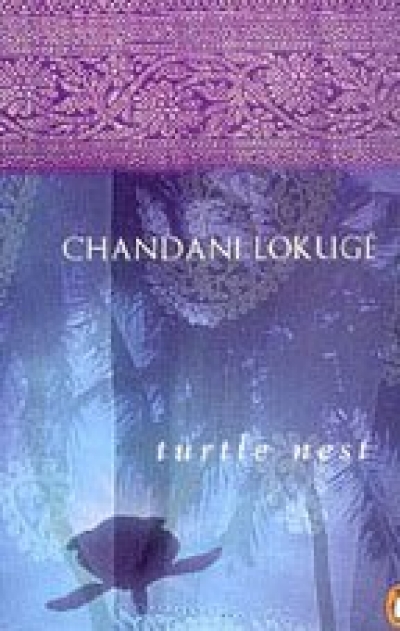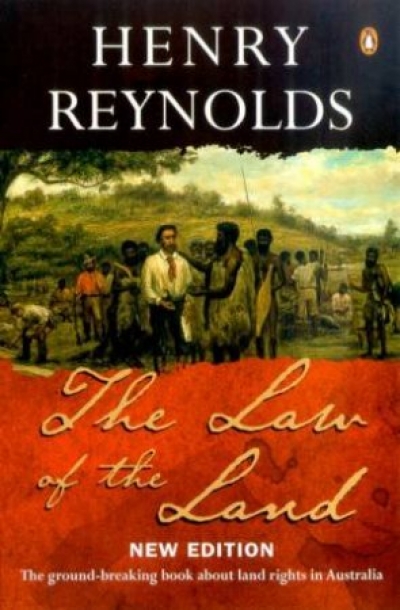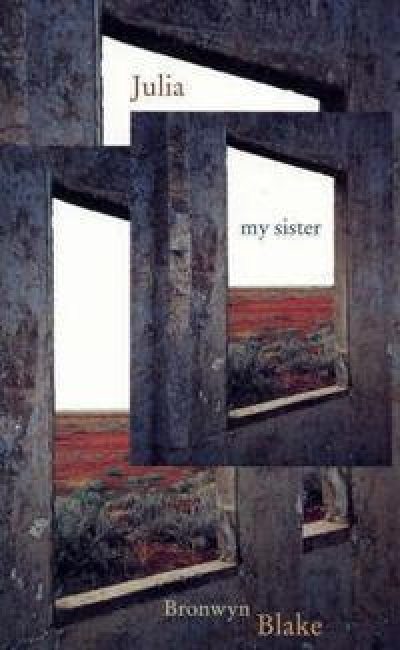Penguin
The Gallipoli Story by Patrick Carlyon & Lasseter, the Man, the Legend, the Gold by Kathryn England
by Dianne Schallmeiner •
Julia My Sister by Bronwyn Blake & Thambaroo by Jane Carroll
by Robyn Sheahan-Bright •
What Australia Means to Me by Bob Carr & Bob Carr by Andrew West and Rachel Morris
by Beverley Kingston •
Hello Puppy! by David Cox & Milli, Jack and the Dancing Cat by Stephen Michael King
by Virginia Lowe •
Moral Hazard by Kate Jennings & Judgement Rock by Joanna Murray-Smith
by Delia Falconer •
Best of Friends by Suzy Baldwin & Friends and Enemies by Dorothy Rowe
by Stephanie Trigg •










